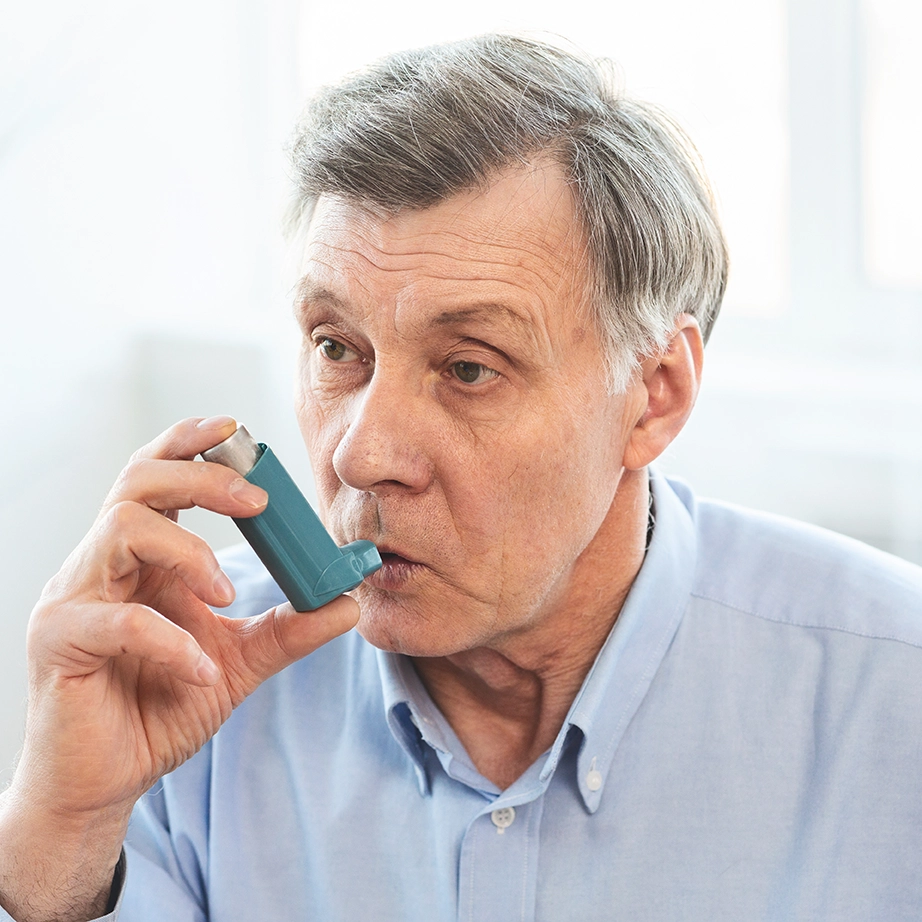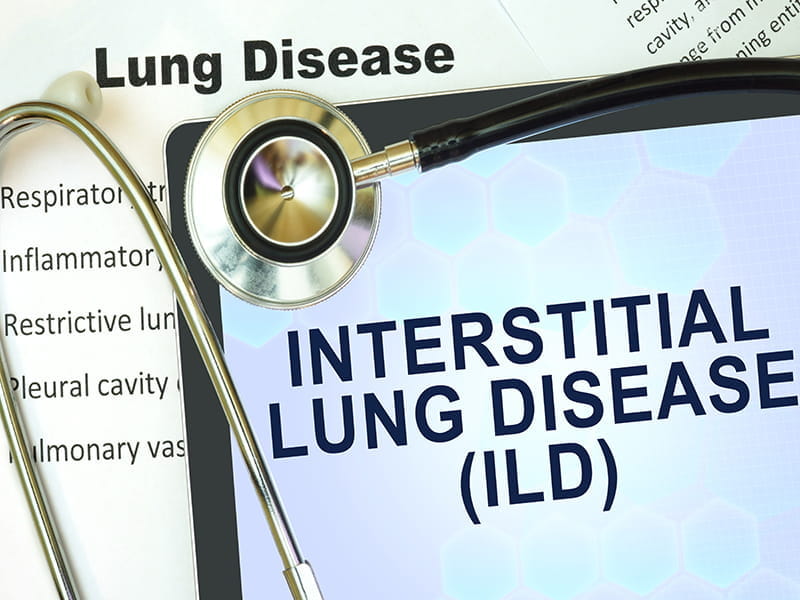Nintedanib, Effective and Safe in Idiopathic Pulmonary Fibrosis
Introduction
Idiopathic pulmonary fibrosis (IPF) is a debilitating disease-causing progressive deterioration with a high mortality rate. Nintedanib is a potent intracellular inhibitor of tyrosine kinases for the treatment of IPF. As the signaling pathways activated by several tyrosine kinase receptors have been shown to be involved in lung fibrosis, the inhibition of these receptors might reduce the progression of IPF.
Aim
This phase 2 study analyzed the efficacy and safety of 4 doses of nintedanib in patients with IPF.
Patient Profile
- Age >40 years with a diagnosis of IPF within the previous 5 years
- FVC 50% or more of the predicted value
- Diffusion capacity of the lung for carbon monoxide (DLCO) 30 to 79% of the predicted value
- Partial pressure of arterial oxygen (PaO2) when breathing ambient air that was 55 mm Hg or greater at altitudes up to 1500 m or a PaO2 of 50 mm Hg or greater at altitudes above 1500 m
Method
Study Design
Randomized, double-blind, placebo-controlled, 12-month phase 2 study
Treatment Strategy
- Cohort was randomized to receive placebo or one of the following doses of nintedanib – 50 mg once daily, 50 mg twice daily, 100 mg twice daily or 150 mg twice daily for 52 weeks
End Points
Primary End Point
- Annual rate of decline in FVC
Secondary End Points
- Changes from baseline in FVC and DLCO as percentages of predicted value
- Changes in oxygen saturation levels (SpO2)
- Changes in total lung capacity
- Distance achieved on 6-minute walk test
- Total score on the St. George's Respiratory Questionnaire (SGRQ)
- Incidence of acute exacerbations
- Adverse events (AEs)
Results
- A total of 432 patients underwent randomization to receive one of four doses of nintedanib (50 mg once a day, 50 mg twice a day, 100 mg twice a day, or 150 mg twice a day) or placebo.
- The annual rate of decline in FVC was 0.06 liters in the group receiving 150 mg of nintedanib twice a day, as compared with 0.19 liters in the placebo group, corresponding to a 68.4% reduction in the rate of loss with nintedanib (P=0.06 with the closed testing procedure for multiplicity correction; P=0.01 with the hierarchical testing procedure).
- The comparison of secondary endpoints between the highest-dose group (150 mg twice daily) and placebo group is shown in table 1.
|
|
Highest-dose group |
Placebo group |
P value |
|
% patients with decrease in FVC >10% |
23.8% |
44% |
0.004 |
|
Adjusted mean absolute change in total lung capacity |
-0.24 liters |
0.12 liters |
<0.001 |
|
Adjusted mean absolute change in resting SpO2 |
Decrease of 0.2% |
Decrease of 1.3% |
0.02 |
|
% patients with >4% decrease in resting SpO2 |
3.6% |
11% |
0.03 |
|
Adjusted mean absolute change in SGRQ score |
-0.66 points |
5.46 points |
0.007 |
|
% patients with an improvement in SGRQ score >4 points |
29.1% |
16.1% |
0.03 |
|
Incidence of acute exacerbations (per 100 patient-years) |
2.4 |
15.7 |
0.02 |
- The incidence of AEs was also lower in the highest-dose group as compared to placebo (27.1% vs 30.6%)
- Gastrointestinal side effects were more common in the group receiving 150 mg of nintedanib twice daily but majority of them were of mild or moderate intensity.
- Increases in levels of liver aminotransferases were more frequent in the group receiving 150 mg of nintedanib twice daily than in the placebo group.
Conclusions
- Nintedanib 150 mg twice a day demonstrated acceptable safety profile and was associated with reduction in the decline in lung function, with fewer acute exacerbations and preserved quality of life in patients with idiopathic pulmonary fibrosis.
N Engl J Med 2011; 365:1079-1087. Doi: 10.1056/NEJMoa1103690.










